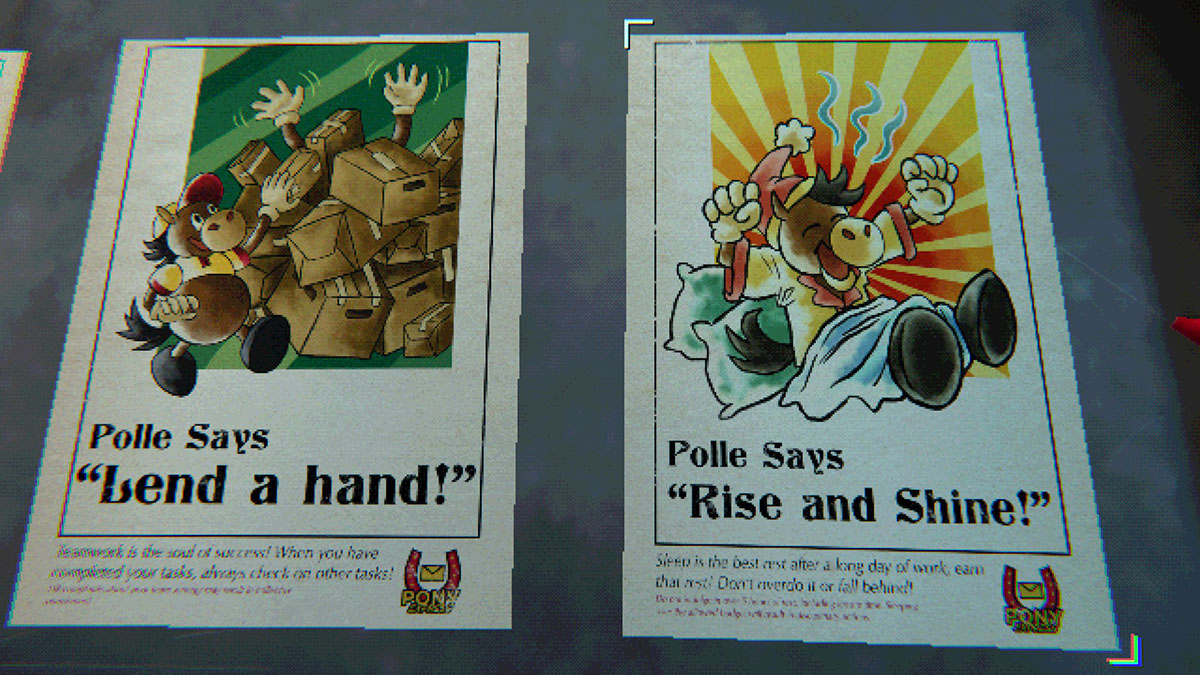Trigger warning: this article contains references to sexual assault that may cause distress to survivors.
Last March, the New York Times chronicled the story of an 11-year-old girl who was viciously gang-raped by 18 young men and teenage boys in an abandoned trailer in Cleveland, Texas.
The article, written by James C. McKinley Jr., detailed the town’s reaction to the crime, including speculation from citizens who questioned, “Where was her mother?” and “How could these young men have been drawn into such an act?”
Far more problematic was the inclusion of unjustified remarks on her appearance and friendships, stating, “she dressed older than her age, wearing makeup and fashions more appropriate to a woman in her 20s. She would hang out with teenage boys at a playground.”
Needless to say, the story sparked a massive outpouring of anger and confusion from bloggers and readers alike, deeming the account as unbalanced, insensitive and blatantlyvictim-blaming.
Last week, police officers in a Brooklyn neighborhood with a high number of sexual assault incidents started warning women to reconsider their sartorial selections (shorts and skirts in particular) in order to avoid sexual assailants from attacking because it’s “easy access.”
This “she was asking for it,” backwards mentality — otherwise known as victim blaming — is more common than one would think.
It’s everywhere, and unfortunately, our campus is not devoid of these issues.
Recently, the Center for Alcohol Studies and Education posted statistics in and around our campus bathrooms stating:
“Students who get drunk once per week are 75% more likely to be sexually assaulted than those who get drunk less than once per week. Be safe, know the risks.”
Now, it’s important to note that CASE probably wasn’t fully aware that this statement essentially advocates students to drink less if they don’t want to get assaulted. In fact, it’s safe to say it didn’t even cross their minds.
This is because we live in a society that teaches “don’t get raped” instead of “don’t rape”. We live in a society where rape is far more tolerated than it should be and the victims instead of the perpetrators are made responsible for their actions.
We live in a country where “1 out of every 6 American women has been the victim of an attempted or completed rape in her lifetime,” and with a justice system where “15 of 16 rapists walk free” (rainn.org).
We live in a world where young women are taught to live in constant fear of being raped. We are taught to be careful about how we dance, what we wear, where we walk, how we walk, what we drink, how much we drink, who we’re with, what we carry, who we sleep with, how we flirt — the list goes on.
I’m angry at cops, politicians, judges, juries, special interest groups — anyone — who has ever doubted or denied support to a sexual assault survivor. I’m angry at the rape culture in which we live — as intangible as that may be. I’m angry at those who remain indifferent to injustice.
I’m just plain angry and you should be too.
So for the sake of convenience for all, I’ve pooled my resources and conducted a study to compile a comprehensive list of Things That Cause Rape:
Rapists.
Remember that.
Anna Soldner is a sophomore print journalism major and Staff Writer at The Spectator.






